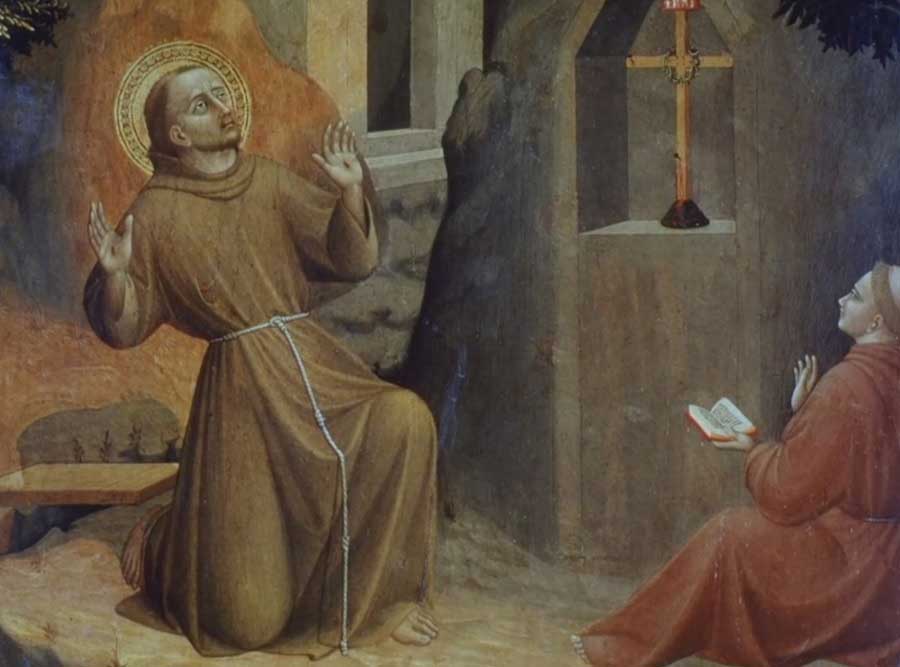Civilisation episode 3 – Romance and Reality: Kenneth Clark journeys from the Loire through Tuscany and Umbria, to the cathedral at Pisa. He explores the aspirations of the later Middle Ages in France and Italy, looking at the work of Giotto and Dante among other artists.
Kenneth Clark’s classic 1969 series tracing the history of Western art and philosophy.
Civilisation episode 3 – Romance and Reality
Giotto di Bondone known mononymously as Giotto, was an Italian painter and architect from Florence during the Late Middle Ages. He worked during the Gothic/Proto-Renaissance period. Giotto’s contemporary, the banker and chronicler Giovanni Villani, wrote that Giotto was “the most sovereign master of painting in his time, who drew all his figures and their postures according to nature” and of his publicly recognized “talent and excellence”.
In his Lives of the Most Excellent Painters, Sculptors, and Architects, Giorgio Vasari described Giotto as making a decisive break with the prevalent Byzantine style and as initiating “the great art of painting as we know it today, introducing the technique of drawing accurately from life, which had been neglected for more than two hundred years”.
Giotto’s masterwork is the decoration of the Scrovegni Chapel, in Padua, also known as the Arena Chapel, which was completed around 1305. The fresco cycle depicts the Life of the Virgin and the Life of Christ. It is regarded as one of the supreme masterpieces of the Early Renaissance.
Dante Alighieri
Durante di Alighiero degli Alighieri, commonly known by his pen name Dante Alighieri or simply as Dante, was an Italian poet. His Divine Comedy, originally called Comedìa and later christened Divina by Giovanni Boccaccio, is widely considered the most important poem of the Middle Ages and the greatest literary work in the Italian language.
In the Late Middle Ages, most poetry was written in Latin, making it accessible only to the most educated readers. In De vulgari eloquentia (On Eloquence in the Vernacular), however, Dante defended the use of the vernacular in literature. He would even write in the Tuscan dialect for works such as The New Life (1295) and the Divine Comedy; this highly unorthodox choice set a precedent that important later Italian writers such as Petrarch and Boccaccio would follow.
